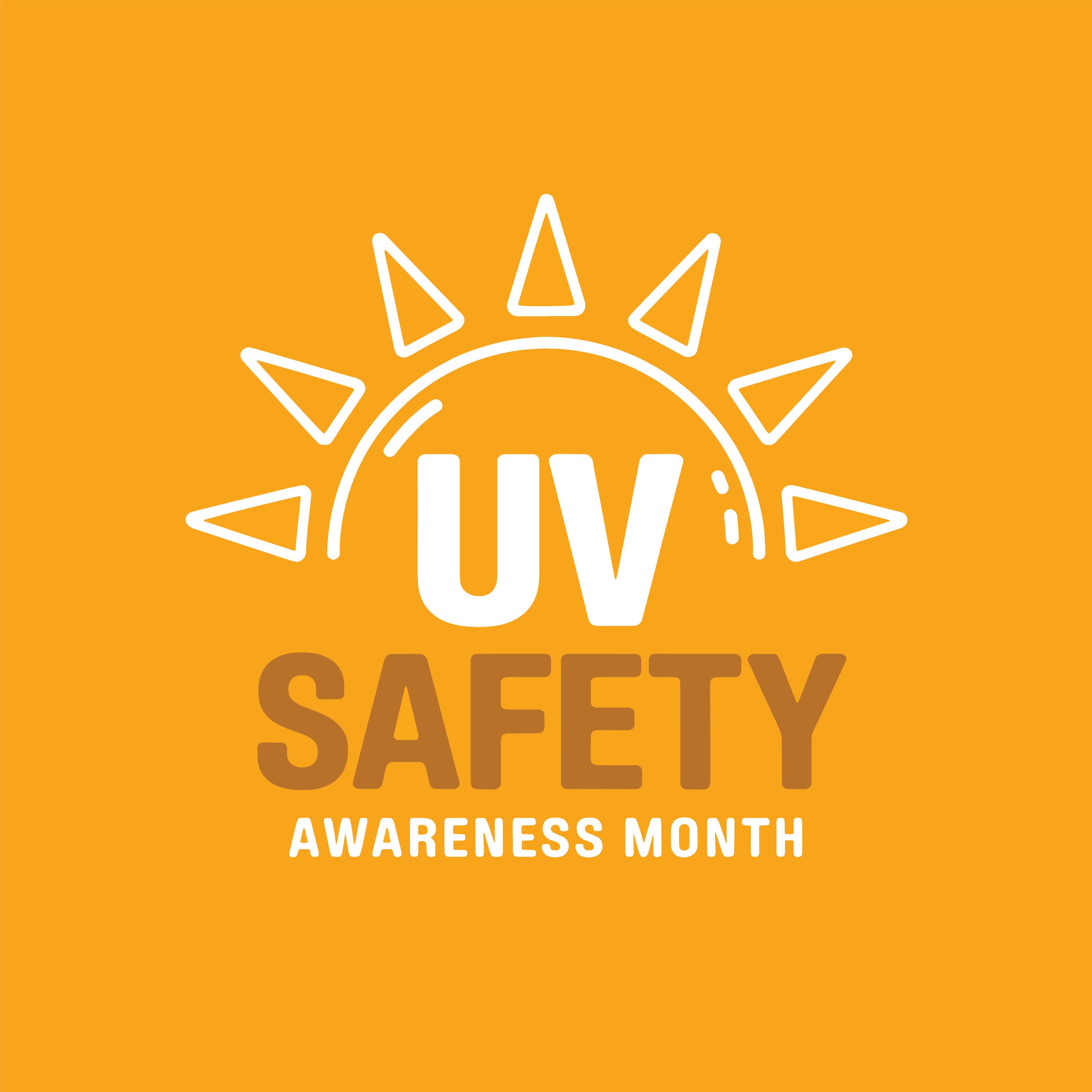News
Article
NGS-Based Risk Stratification, Treatment Shows Cost-Effectiveness in CLL
Author(s):
A Canadian study showed a high probability that using next-generation sequencing (NGS) for treatment sequencing based on risk stratification is cost-effective.
Using a genetic assay for risk stratification and subsequent treatment choices may be cost-effective for the treatment of chronic lymphocytic leukemia (CLL), according to a new analysis.1
The Canadian findings showed a high probability that using next-generation sequencing (NGS)–based risk stratification for treatment sequencing is cost-effective. Using a common willingness-to-pay (WTP) threshold of $50,000 per quality-adjusted life year (QALY) gained, the probability of NGS being cost-effective was 80%.
The findings, published in Scientific Reports, provide important insights amidst a shift in the CLL treatment landscape, away from chemotherapy and toward targeted treatments, such as BCL2 and Bruton’s tyrosine kinase (BTK) inhibitors. However, a lack of consensus remains on how to sequence these treatments and how it affects cost-effectiveness, particularly for high-risk patients, such as those with 17p deletions, unmutated immunoglobulin heavy chain, or TP53 mutations.
In addition to high-risk markers, various mechanisms of treatment resistance have also highlighted the utility of precision medicine, such as through NGS, to optimize treatment strategies.2
The findings come amidst a growing repository of data showing the potential of NGS-based risk stratification to improve patient outcomes. | Image credit: Елена Бутусова - stock.adobe.com

“Within publicly funded health care systems, genetic testing and treatment costs pose budgetary and affordability challenges, particularly for more prevalent cancers,” explained the researchers.1 “Optimizing treatment sequencing remains a policy priority to ensure that treatments are provided to the right patients at the right time.”
In 2021, the Canadian health agency introduced a provisional funding algorithm to promote risk-based treatment sequencing, though the cost-effectiveness and budget impact of the algorithm remains unknown.
Using a Markov model, the researchers determined that assay guidance was associated with an incremental cost-effectiveness ratio of approximately $18,000 (95% CI, $16,491-$19,501) per QALY gained, with a cost of approximately $155,000 compared with approximately $137,000 for standard of care without risk stratification.
With an incremental QALY gain of 1.01 (95% CI, 0.12-1.91) and resulting incremental cost-effectiveness ratio of approximately $18,000 for QALY gained, the NGS assay was associated with a benefit of approximately $32,000 using the common WTP.
For this analysis, the researchers assumed 50% of patients would be stratified as high risk and assumed no false positive or false negatives. The group also noted that the model was grounded in clinical trial data, and that integration of real-world evidence will improve validity and reliability of the model.
Using NGS, high-risk patients received acalabrutinib (Calquence) in the first line and venetoclax (Venclexta) and rituximab (Rituxan) in the second line, while low-risk patients received venetoclax and obinutuzumab (Gazyva) first line and acalabrutinib second line. Both patient groups received idelalisib (Zydelig) and rituximab as third-line treatment. For the comparator arm, all patients followed high-risk treatment sequencing, first receiving acalabrutinib, then venetoclax and rituximab.
Their findings, they explained, also come amidst a growing repository of data showing the potential of NGS-based risk stratification to improve patient outcomes.
“The ability to accurately predict risk status in patients with CLL would provide value to both patients and reimbursement decision-makers,” the researchers wrote. “Recent studies have shown that incorporating a genetic test to determine cell of origin in diffuse large B-cell lymphoma to personalize treatment incurred survival benefit and was potentially cost-effective. Emerging clinical validation studies have shown that patient risk stratification can help identify patients with classical Hodgkin lymphoma likely to experience relapse after stem cell transplant and would therefore benefit from consolidation therapy.”
References
1. Pollard S, Chan B, Gerrie AS, Raymakers AJN, Regier DA. Assay-guided treatment sequencing in chronic lymphocytic leukemia (CLL): a cost-effectiveness analysis. Sci Rep. Published online July 27, 2024. doi:10.1038/s41598-024-68431-6
2. Mouhssine S, Maher N, Kogila S, Cerchione C, Martinelli, Gaidano G. Current therapeutic sequencing in chronic lymphocytic leukemia. Hematol Rep. 2024;16(2):270-282. doi:10.3390/hematolrep16020027
Newsletter
Stay ahead of policy, cost, and value—subscribe to AJMC for expert insights at the intersection of clinical care and health economics.




